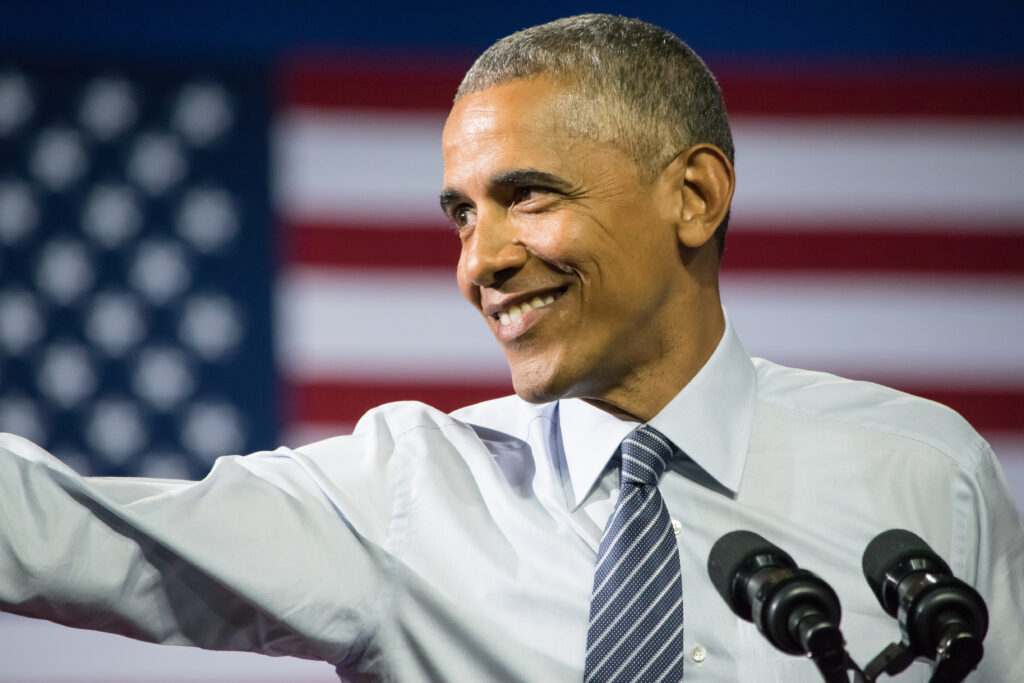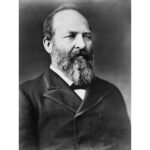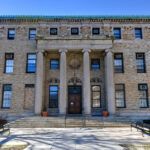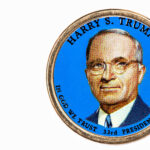On May 27, 2016, then-President Barack Obama made a historic visit to the Hiroshima Peace Memorial Park in Japan, becoming the first sitting U.S. president to do so. This visit, coming over seven decades after the U.S. dropped an atomic bomb on the city in 1945, marked a significant moment in international relations and nuclear disarmament efforts.
Hiroshima and Nagasaki, the two cities devastated by atomic bombings, serve as enduring reminders of the catastrophic consequences of nuclear warfare. Obama’s visit highlighted the need for a world without nuclear weapons, a goal he emphasized throughout his presidency.
Obama’s visit was carefully orchestrated to avoid any interpretation as an official apology for the bombings. Rather, it was intended as a powerful gesture of reconciliation and a reminder of the human cost of war. During his visit, Obama laid a wreath at the cenotaph in Hiroshima Peace Memorial Park, observed a moment of silence, and delivered a poignant speech about the horrors of nuclear war.
Notably, Obama also met with survivors of the bombing, known as Hibakusha. These interactions underscored the resilience of those who lived through the bombing and humanized the abstract notions of nuclear war and disarmament.
President Obama’s Hiroshima visit embodied a commitment to peace, empathy, and the importance of remembering the past to shape a better future. By acknowledging the tragedies of Hiroshima, he took a step towards healing historical wounds and progressing global efforts towards a world without nuclear weapons.
References:
https://www.mofa.go.jp/na/na1/us/page4e_000462.html
https://ahf.nuclearmuseum.org/president-obama-visits-hiroshima/




